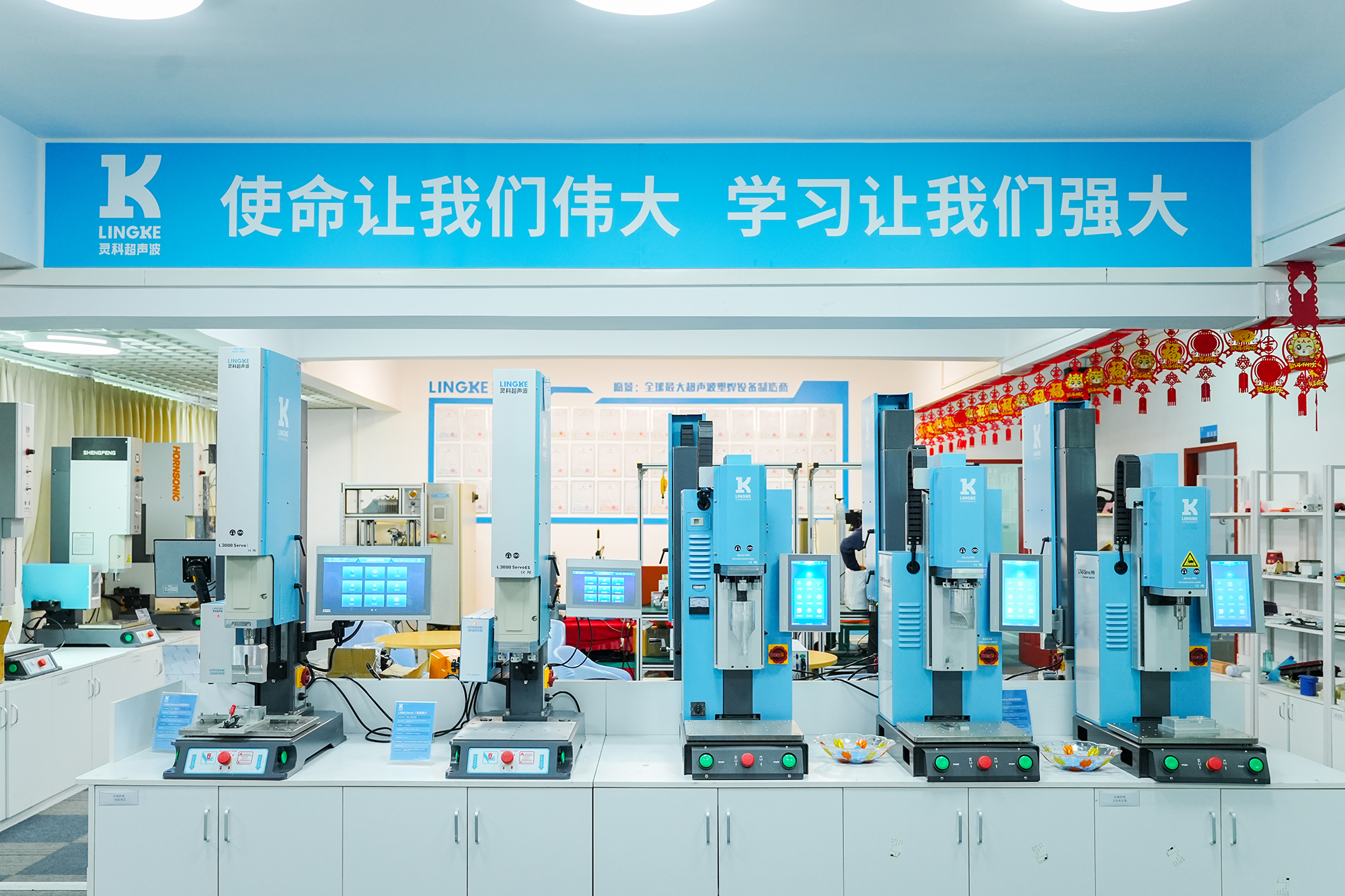
Ultrasonic welding technology has become an indispensable process in the manufacturing of key joints such as automotive water tanks and heating systems, due to its advantages of no consumables, strong connections, and high efficiency and environmental protection. It can instantly fuse the molecular layers of plastic components, forming a high-strength seal, perfectly solving the problems of solder leakage and virtual welding that may occur in traditional welding methods, making the joints more durable and reliable.

However, once the signal transmission line of the ultrasonic welding machine breaks, the production line may immediately come to a standstill. What's even more tricky is that the fault point is hidden, and troubleshooting is time-consuming and laborious, greatly testing the maintenance response ability. To truly solve the problem, it is necessary to have a deep understanding of the equipment itself. Why has the Donghe ultrasonic welding machine signal line become the "Achilles' heel"? The common reasons are as follows:
·Fatigue aging: Signal wires will gradually fatigue and eventually break due to vibration and bending (especially near moving parts) during long-term operation of the equipment. Just like repeatedly bending a wire, it will eventually break.
·External force strain: If the equipment is not protected during movement or maintenance, and the cable is accidentally pulled or squeezed, it can easily cause internal damage or instantaneous breakage.
·Fragile connector: The connectors (plugs/sockets) at both ends of the signal line are weak links. Improper insertion and removal, oxidation corrosion, or virtual soldering can all cause intermittent or complete interruption of signals.
·Harsh environment and accelerated erosion: If there is oil pollution, chemicals, or continuous high temperature and humidity in the workshop, the outer layer of the cable may age and become brittle, and the internal wires are also prone to corrosion, ultimately leading to fracture.
·Design or installation defects: Insufficient strength of the original wire selection, insufficient reserved length during installation, small bending radius, and improper fixation can all pose a risk of fracture.
Apsonic Ultrasonic Maintenance Process Specification
Firstly, conduct a comprehensive inspection using professional instruments to check the equipment status and test whether all parameters are normal;
Then, based on the test results, a reasonable solution is specified and targeted maintenance is carried out;
After the repair is completed, multiple trial welds are conducted to ensure uniform welding and meet quality standards, ensuring smooth production.
APSonic Ultrasonic is a manufacturer dedicated to the research and manufacturing of high-end performance ultrasonic plastic welding equipment, with over a hundred scientific research patents. It is also the first domestic enterprise to master servo controlled pressure ultrasonic welding technology, with strong technical strength. Widely used in various fields such as medical equipment, electronic devices, printing consumables, plastics, non-woven fabrics, packaging, auto parts, etc., it provides a large number of stable and high-quality ultrasonic plastic welding equipment and application solutions for various industries and enterprises at home and abroad.
